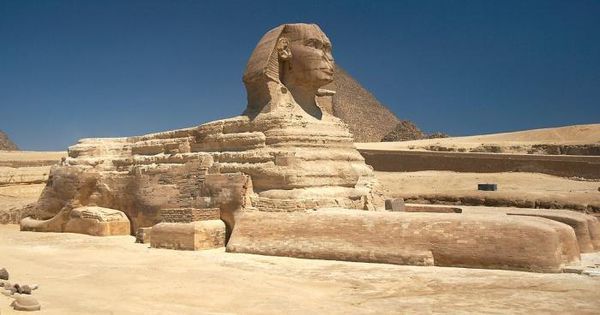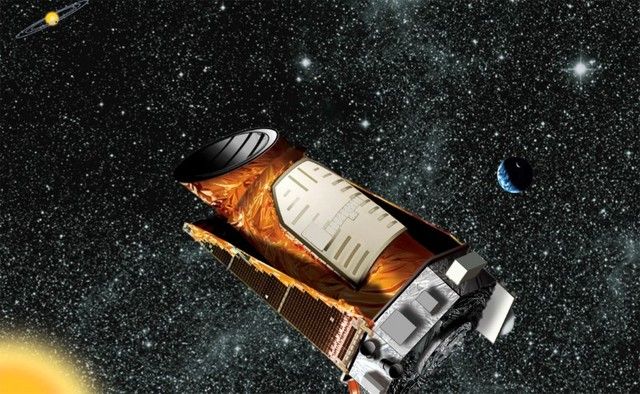Jupiter’s moon Europa could host alien life deep within its icy oceans.
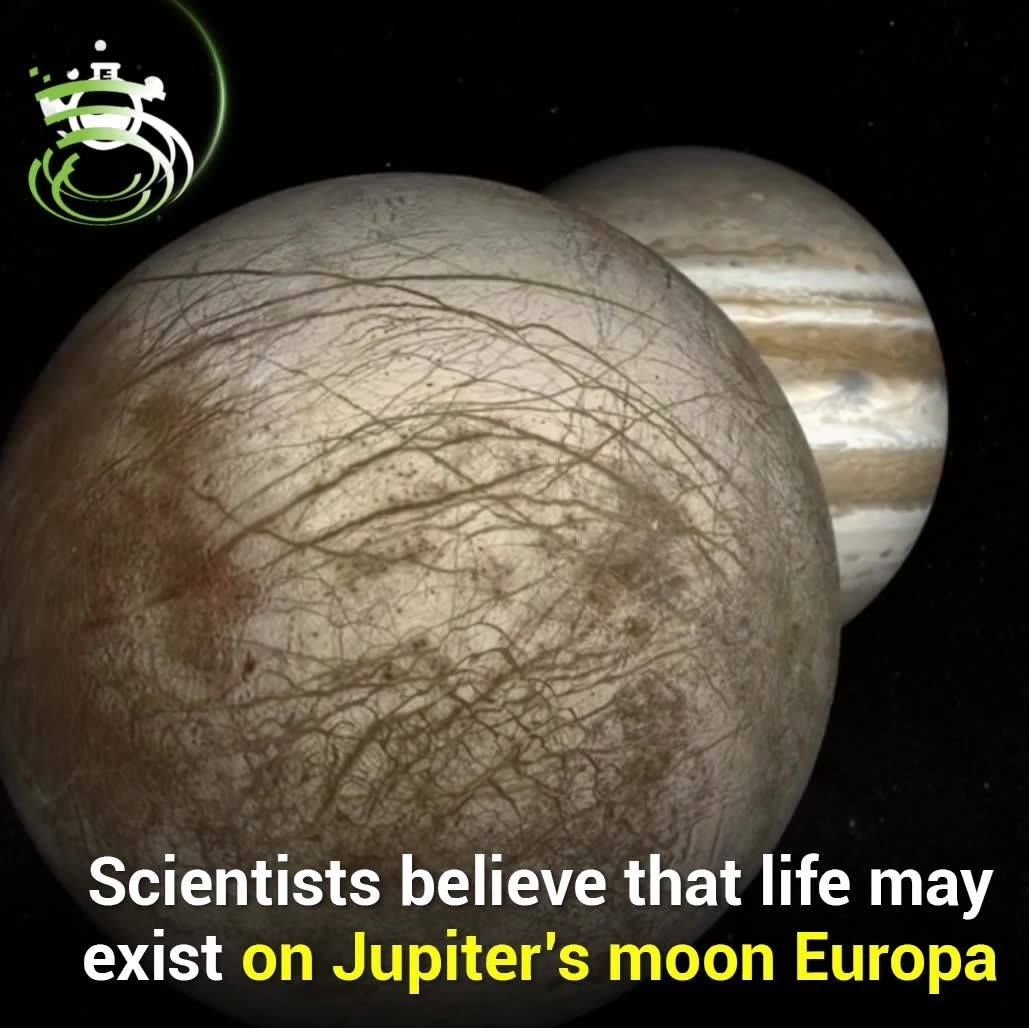

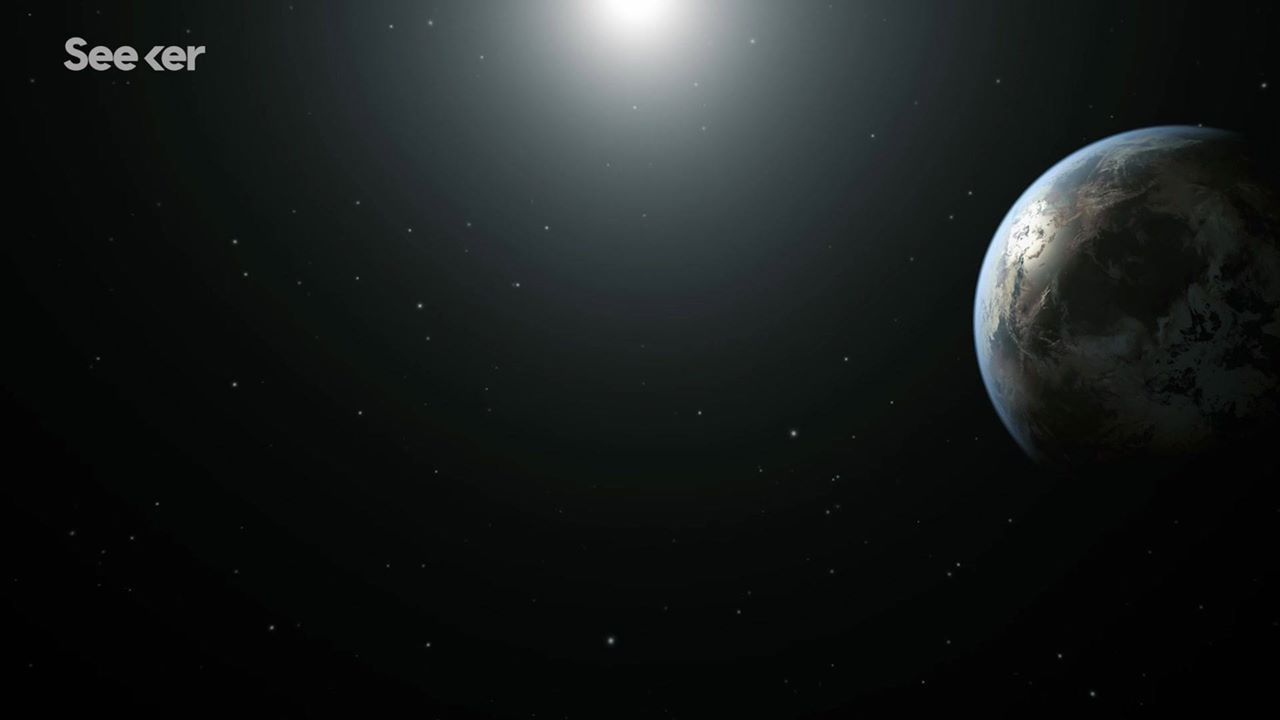
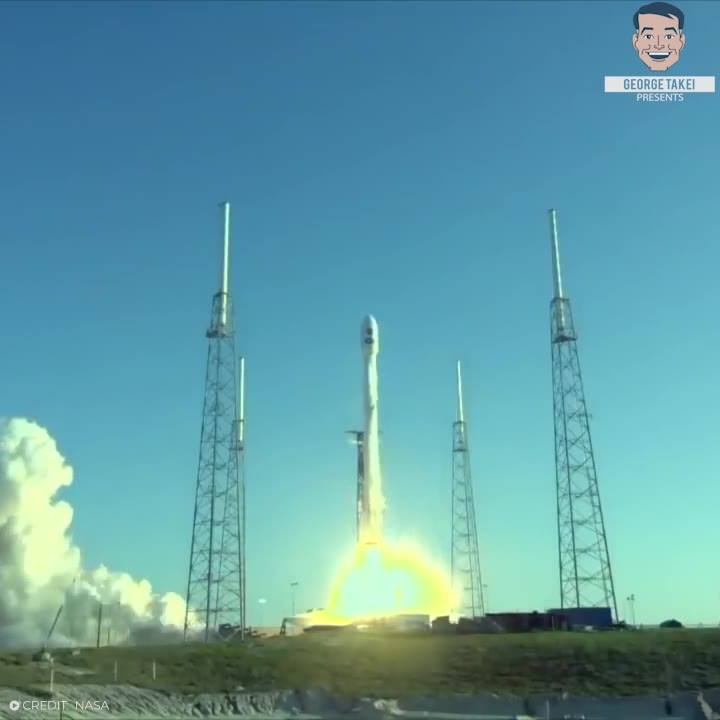
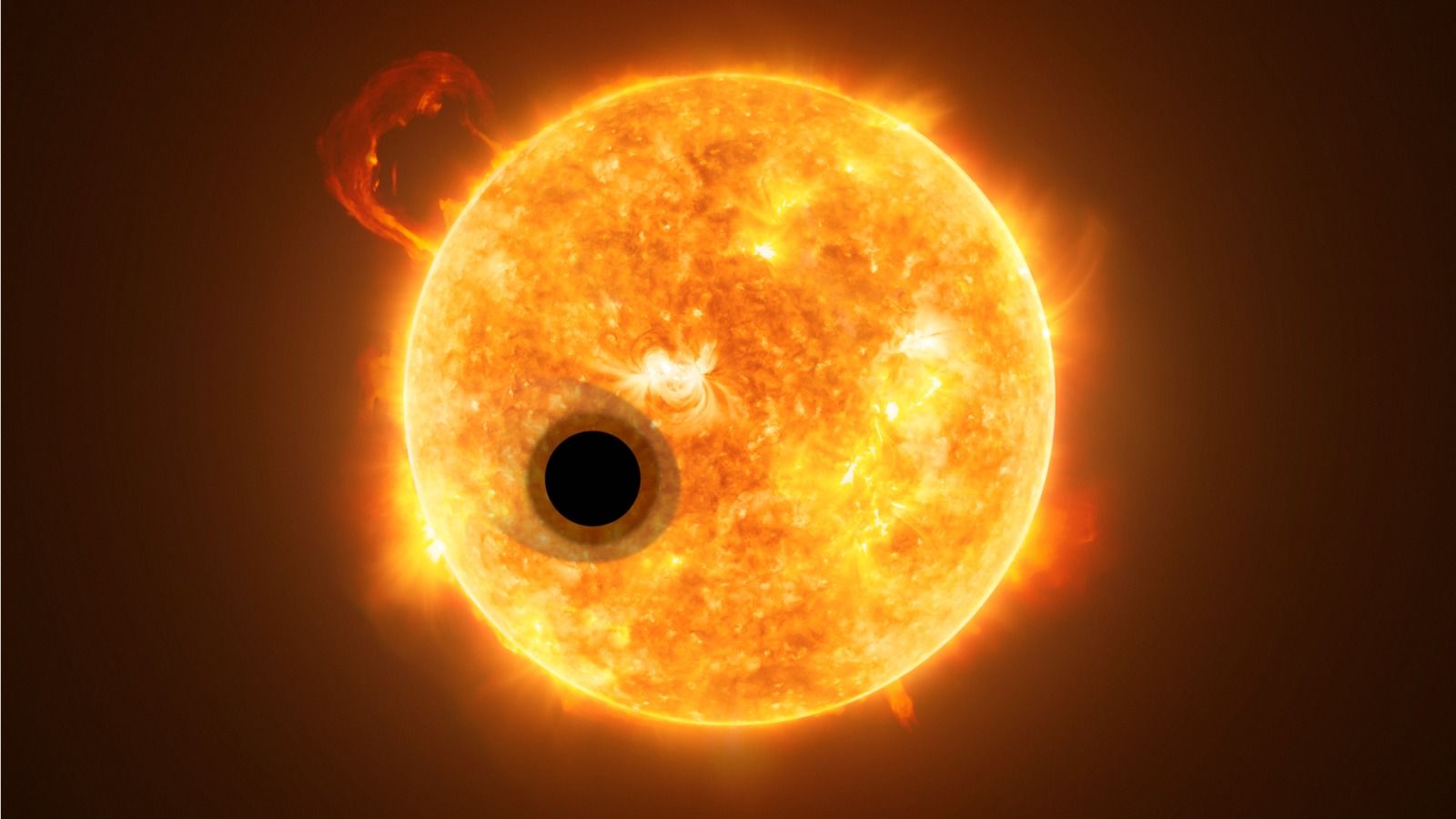
In addition to filling balloons at birthday parties, helium can be found scattered throughout the cosmos. To date, however, scientists have struggled to detect the ubiquitous element on distant worlds, even though the gas is certain to be there. But that’s now changed, thanks to the discovery of helium on a Jupiter-sized world located 200 light-years from Earth—but that’s only part of the story.
“Helium is the second-most common element in the universe after hydrogen. It is also one of the main constituents of the planets Jupiter and Saturn in our Solar System,” Jessica Spake, the astronomer who made the discovery, said in a statement. “However, up until now helium had not been detected on exoplanets—despite searches for it.”
But now, using Wide Field Camera 3 on NASA’s Hubble Space Telescope, Spake’s team managed to detect this strangely elusive substance, marking the first time that helium has been detected on a planet outside of our Solar System. The key to the finding was the use of infrared spectra to study the exoplanet’s atmosphere, whereas previous attempts used ultraviolet and optical wavelengths. This study now shows that the composition of exoplanetary atmospheres can indeed be studied at longer wavelengths. The details of this discovery were published yesterday in Nature.
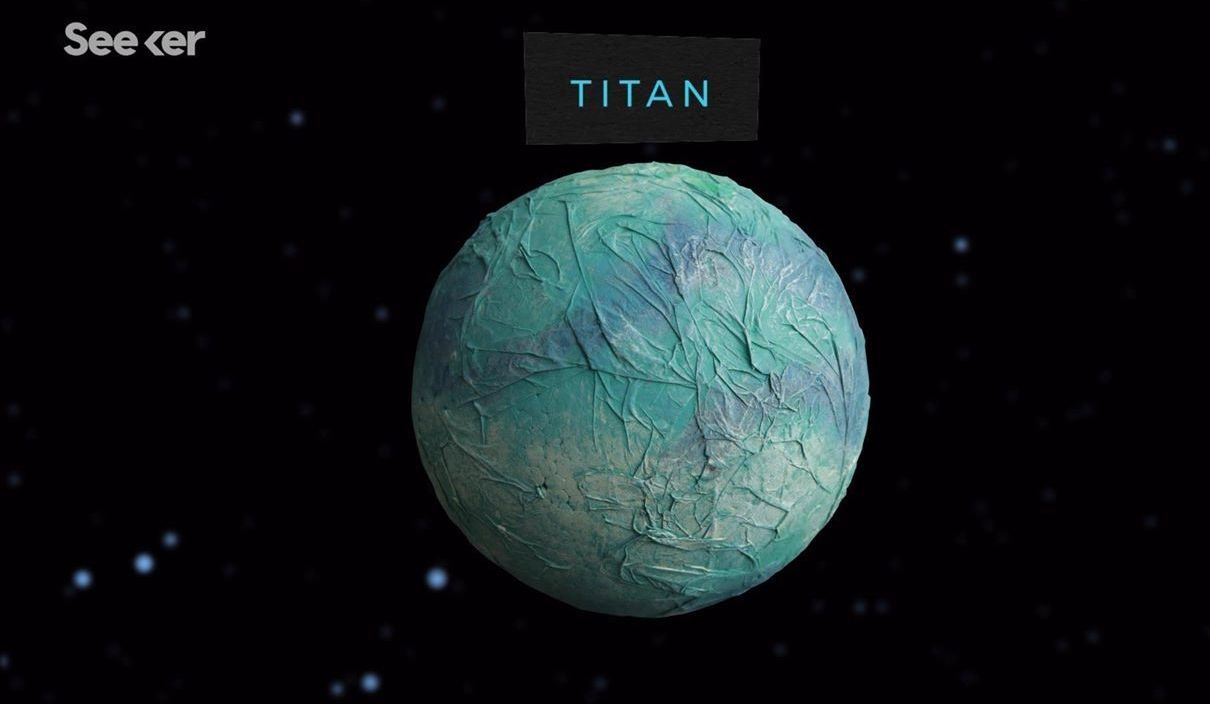

Astronomers using NASA’s Hubble Space Telescope have conducted the first spectroscopic…survey of the Earth-sized planets (d, e, f, and g) within the habitable zone around the nearby star TRAPPIST-1. This study is a follow-up to Hubble observations made in May 2016 of the atmospheres of the inner TRAPPIST-1 planets b and c. Hubble reveals that at least three of the exoplanets (d, e, and f) do not seem to contain puffy, hydrogen-rich atmospheres similar to gaseous planets such as Neptune…at: https://exoplanets.nasa.gov/…/hubble-probes-atmospheres-of…/
NASA’s Exoplanet Exploration Program, the search for planets and life beyond our solar system.
